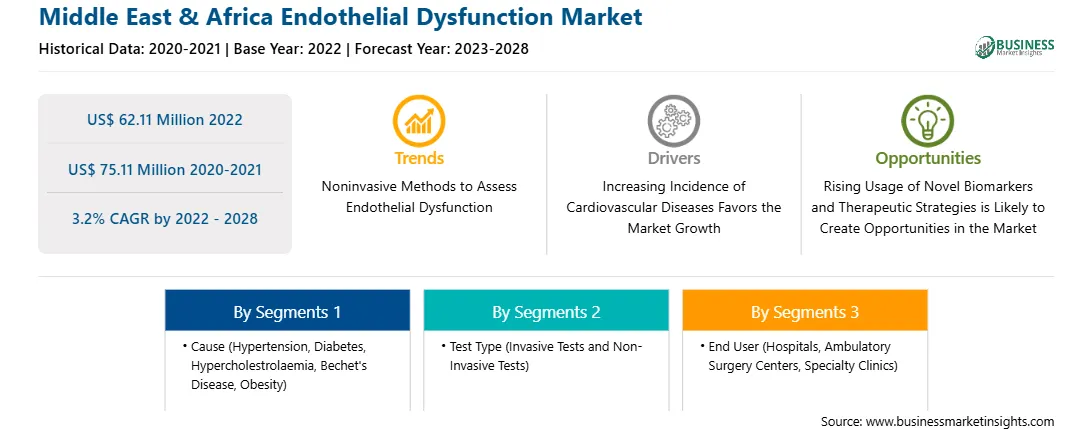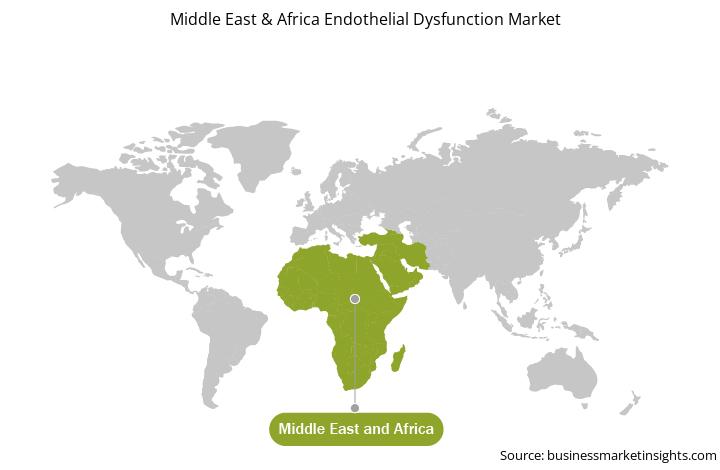Endothelial dysfunction is a strong prognostic factor for cardiovascular events and mortality in the population. Assessment of endothelial function can aid in selecting therapies and assessing their response. While invasive angiography remains the gold standard for measuring coronary endothelial function, several noninvasive imaging techniques have evolved to study both coronary and peripheral endothelial function. Available endothelial testing methods are helpful for mechanistically understanding diseases and risk stratification and prognoses, such as high-resolution B-mode ultrasound and Doppler, computed tomography angiography, cardiovascular magnetic resonance (CMR), magnetic resonance imaging (MRI), and positron emission tomography (PET).
Noninvasive methods for assessing endothelial function are mainly used in scientific research since there is a significant risk of complications due to the specificity of endovascular interventions. One of the noninvasive methods to assess endothelial function is to measure fluorescence. Flow-mediated skin fluorescence (FMSF) is based on the fluorescence measurement of the reduced nicotinamide adenine dinucleotide (NADH) emitted by skin cells in response to UV light excitation. The test consists of three phases: recording the fluorescence's background intensity, occlusion phase, and reaction registration. FMSF allows the determination of tissue and vascular bed response during ischemia, while classical Flow-Mediated Dilatation (FMD) techniques are based on a study of vasomotor reactivity. The classic FMD method for assessing the intensity of reactive hyperemia comprises three phases: measurement of the diameter of a selected artery (e.g., brachial artery), stimulation phase, and measurement after stimulation. Reactive peripheral arterial hyperemia tonometry (RH-PAT) is a modified FMD method used in EndoPAT devices. The method has been extensively validated in numerous publications as a diagnostic and predictive tool for assessing vascular risk. The closed zone FMD method (EZ-FMD) is based on oscillometric blood pressure measurement.
Middle East & Africa consists of countries such as Saudi Arabia, the UAE, South Africa, and the Rest of Middle East. The growth of the market is attributed to increasing cases of chronic diseases that are primary factors or endothelial dysfunction, growing collaborations between governments to enhance healthcare facilities in South Africa, and growing incidences of obesity.
The Middle East & Africa endothelial dysfunction market is segmented into cause, test type, end user, and country.
Based on cause, the Middle East & Africa endothelial dysfunction market is segmented into hypertension, hypercholesterolaemia, obesity, diabetes, behcet's disease, and others. The hypertension segment registered the largest Middle East & Africa endothelial dysfunction market share in 2022.
Based on test type, the Middle East & Africa endothelial dysfunction market is segmented into invasive test and non-invasive test. The invasive test segment held a larger Middle East & Africa endothelial dysfunction market share in 2022. The non-invasive test segment is further subsegmented into flow mediated dilatory, peripheral arterial tonometry (PAT), venous occlusion pletismography, circulating markers, and others.
Based on end user, the Middle East & Africa endothelial dysfunction market has been categorized into hospitals, diagnostic centers, clinics, and others. The hospitals segment held the largest Middle East & Africa endothelial dysfunction market share in 2022.
Based on country, the Middle East & Africa endothelial dysfunction market is segmented into the UAE, Saudi Arabia, South Africa, and the Rest of Middle East & Africa. The Rest of Middle East & Africa dominated the Middle East & Africa endothelial dysfunction market in 2022.
ZOLL Medical Corp, The Polymath Co, Perimed AB, SMART Medical Ltd, and Medizinische Messtechnik GmbH are some of the leading companies operating in the endothelial dysfunction market in the region.
Strategic insights for the Middle East & Africa Endothelial Dysfunction provides data-driven analysis of the industry landscape, including current trends, key players, and regional nuances. These insights offer actionable recommendations, enabling readers to differentiate themselves from competitors by identifying untapped segments or developing unique value propositions. Leveraging data analytics, these insights help industry players anticipate the market shifts, whether investors, manufacturers, or other stakeholders. A future-oriented perspective is essential, helping stakeholders anticipate market shifts and position themselves for long-term success in this dynamic region. Ultimately, effective strategic insights empower readers to make informed decisions that drive profitability and achieve their business objectives within the market.

| Report Attribute | Details |
|---|---|
| Market size in 2022 | US$ 62.11 Million |
| Market Size by 2028 | US$ 75.11 Million |
| Global CAGR (2022 - 2028) | 3.2% |
| Historical Data | 2020-2021 |
| Forecast period | 2023-2028 |
| Segments Covered |
By Cause
|
| Regions and Countries Covered | Middle East and Africa
|
| Market leaders and key company profiles |
The geographic scope of the Middle East & Africa Endothelial Dysfunction refers to the specific areas in which a business operates and competes. Understanding local distinctions, such as diverse consumer preferences (e.g., demand for specific plug types or battery backup durations), varying economic conditions, and regulatory environments, is crucial for tailoring strategies to specific markets. Businesses can expand their reach by identifying underserved areas or adapting their offerings to meet local demands. A clear market focus allows for more effective resource allocation, targeted marketing campaigns, and better positioning against local competitors, ultimately driving growth in those targeted areas.

The Middle East & Africa Endothelial Dysfunction Market is valued at US$ 62.11 Million in 2022, it is projected to reach US$ 75.11 Million by 2028.
As per our report Middle East & Africa Endothelial Dysfunction Market, the market size is valued at US$ 62.11 Million in 2022, projecting it to reach US$ 75.11 Million by 2028. This translates to a CAGR of approximately 3.2% during the forecast period.
The Middle East & Africa Endothelial Dysfunction Market report typically cover these key segments-
The historic period, base year, and forecast period can vary slightly depending on the specific market research report. However, for the Middle East & Africa Endothelial Dysfunction Market report:
The Middle East & Africa Endothelial Dysfunction Market is populated by several key players, each contributing to its growth and innovation. Some of the major players include:
The Middle East & Africa Endothelial Dysfunction Market report is valuable for diverse stakeholders, including:
Essentially, anyone involved in or considering involvement in the Middle East & Africa Endothelial Dysfunction Market value chain can benefit from the information contained in a comprehensive market report.